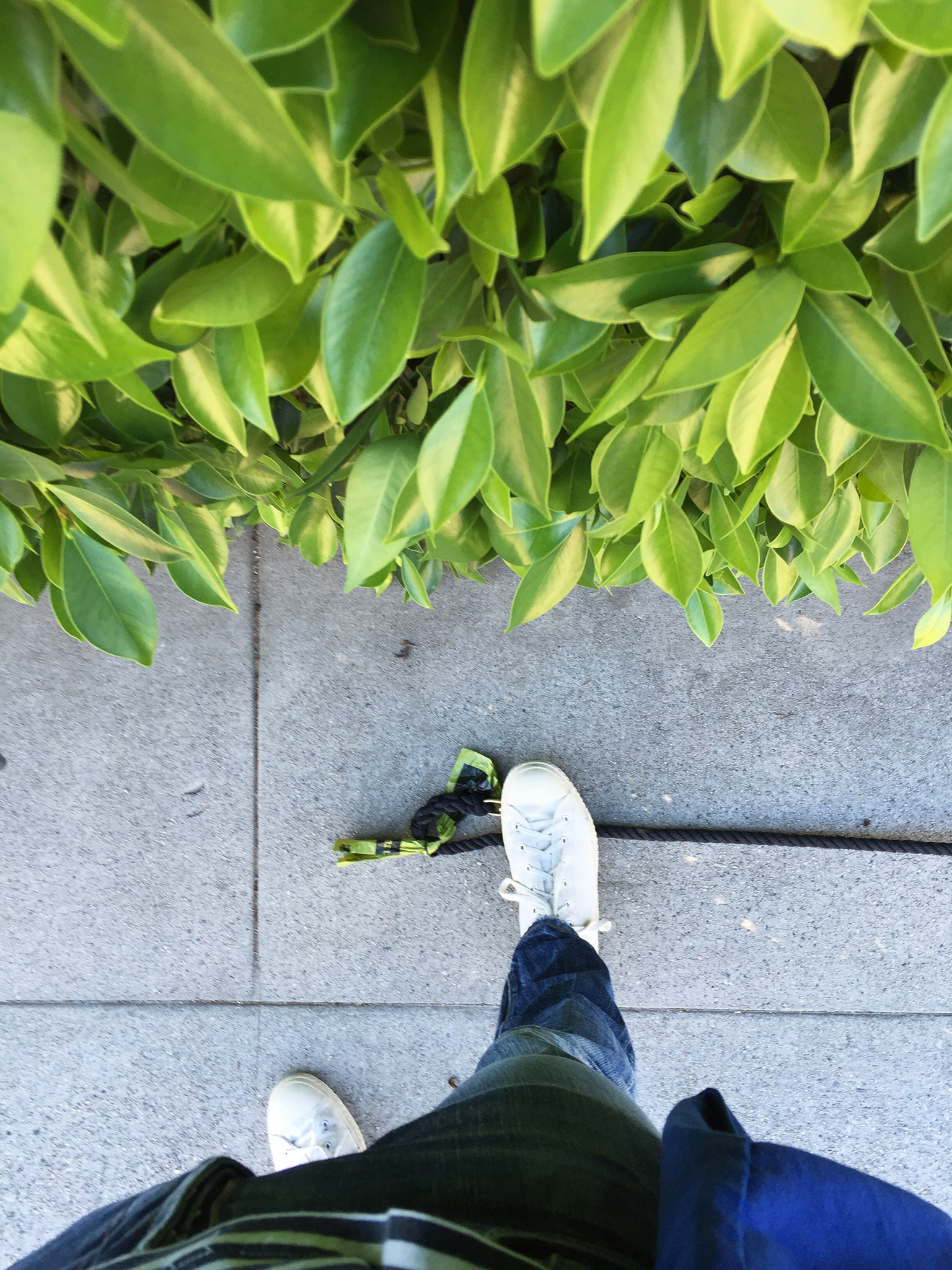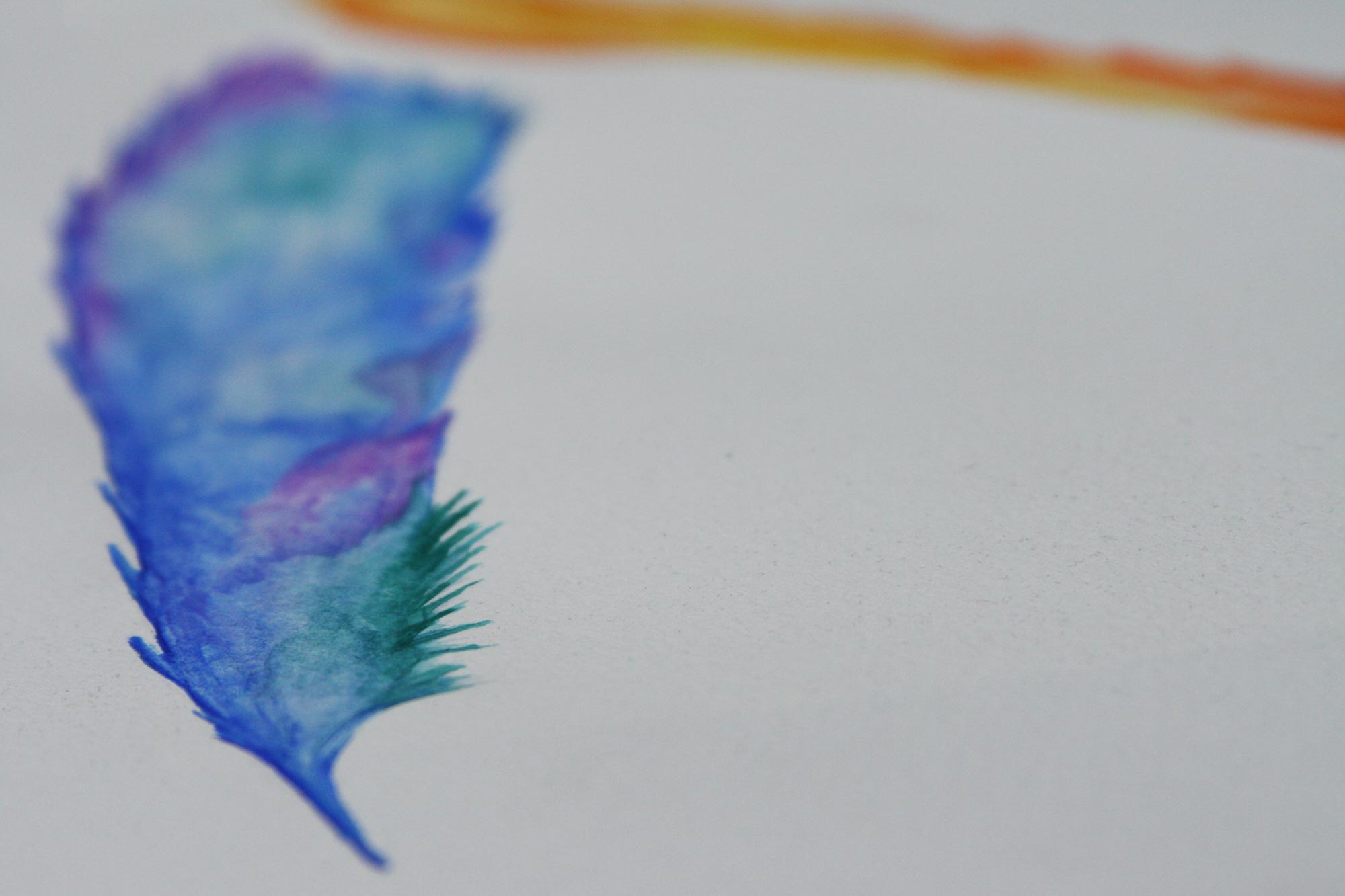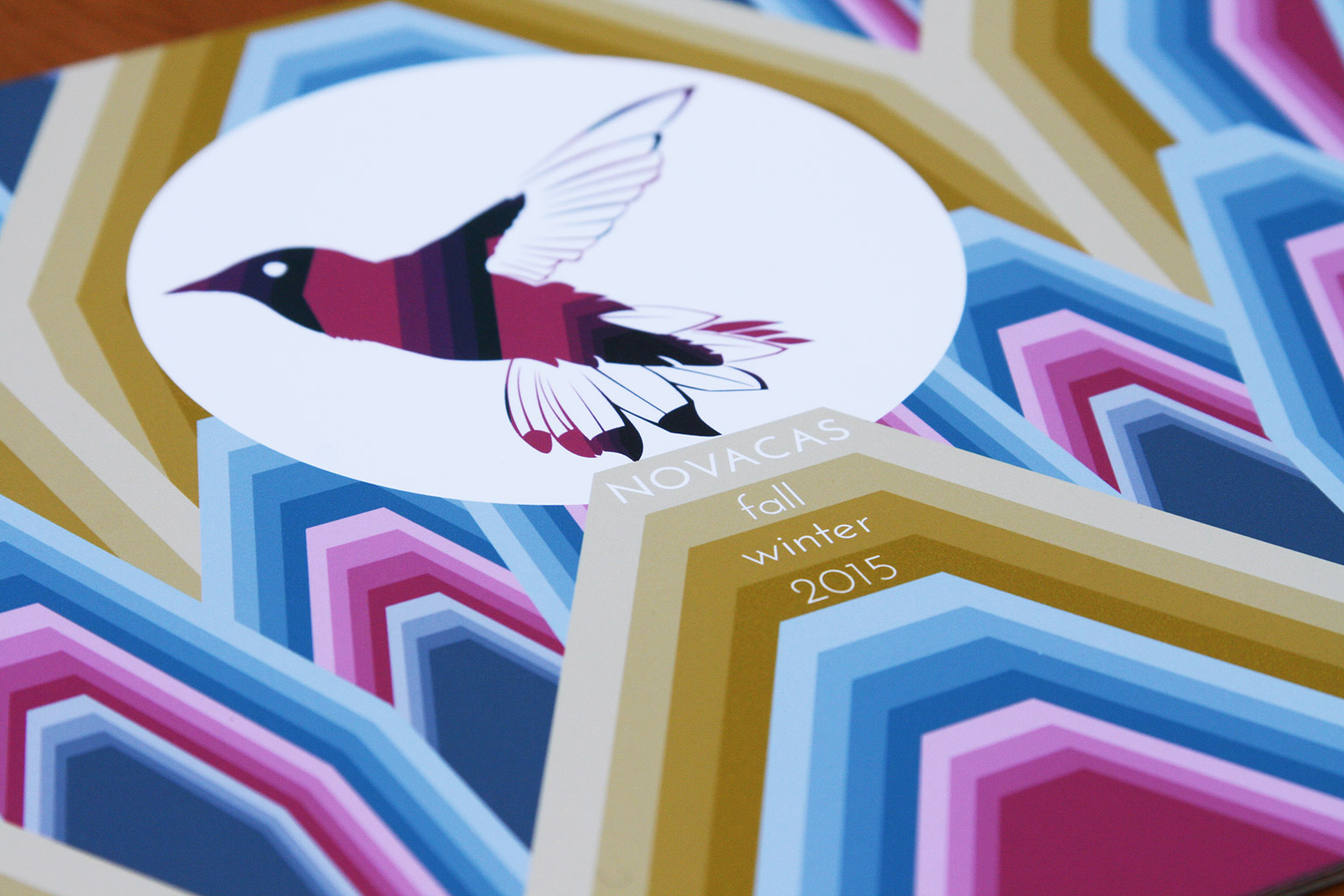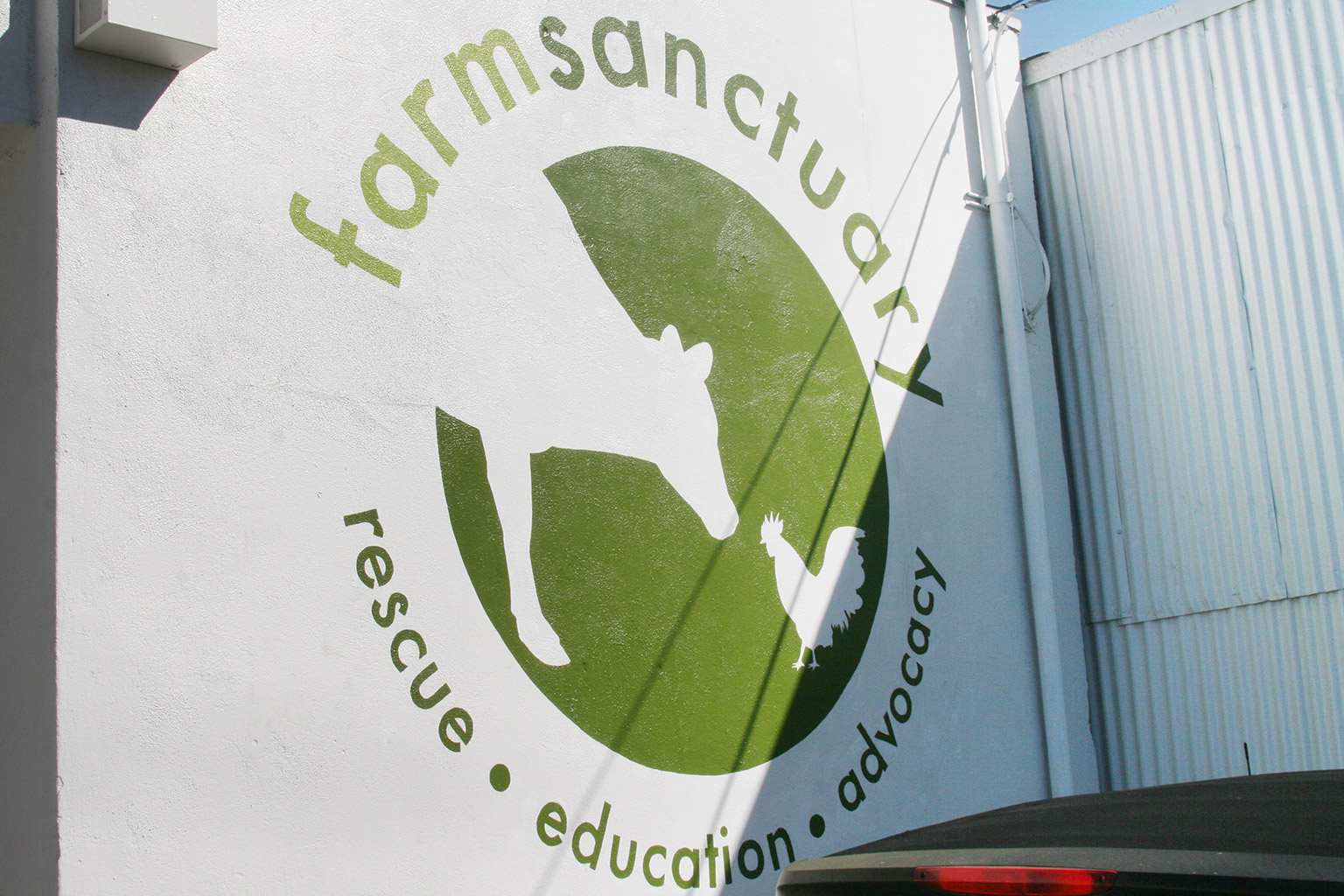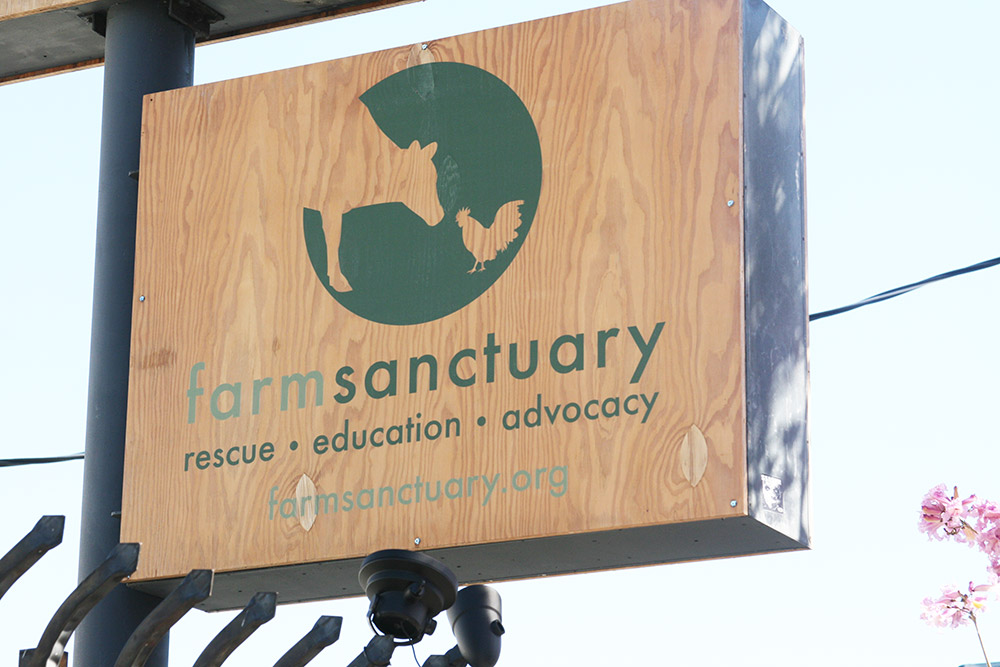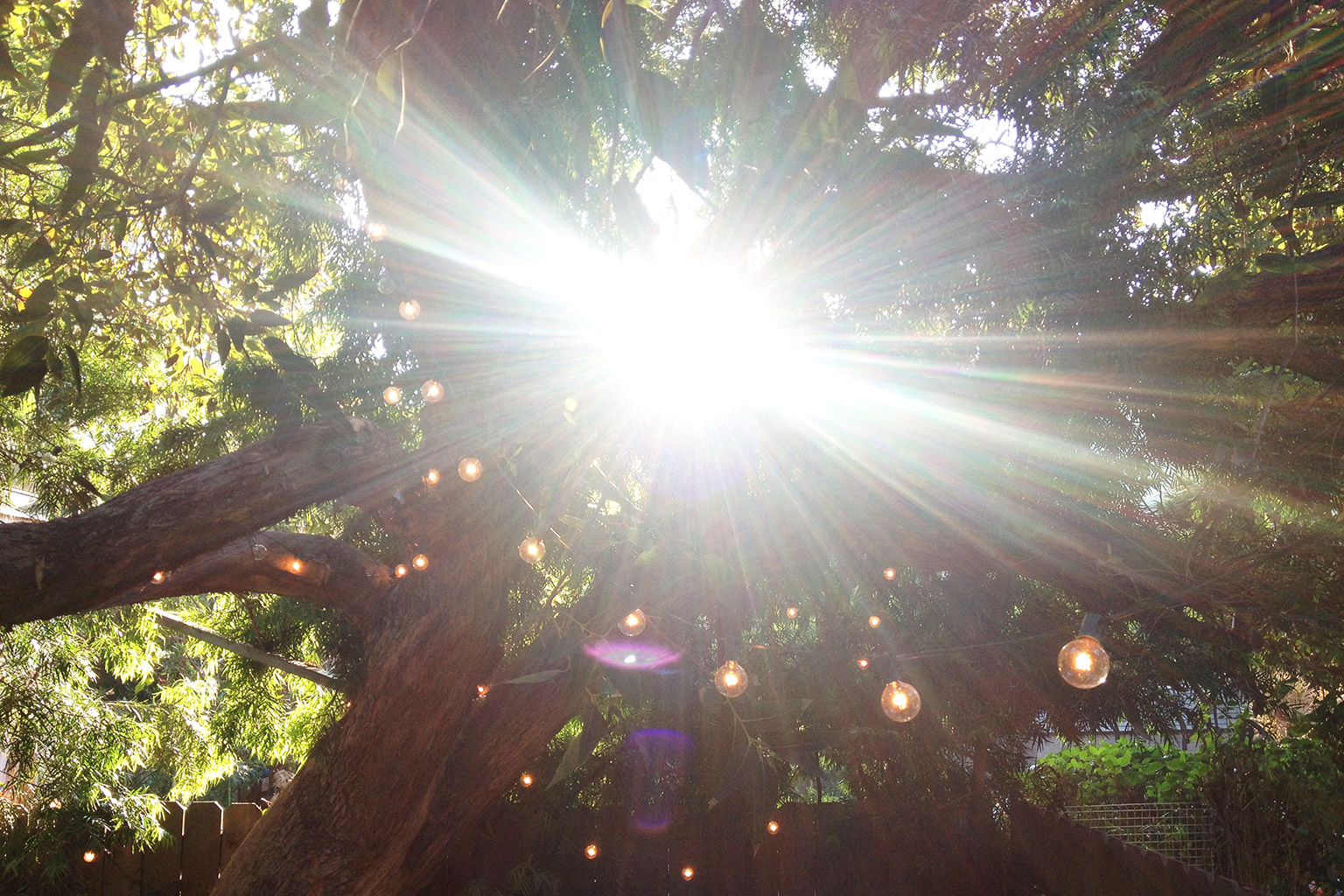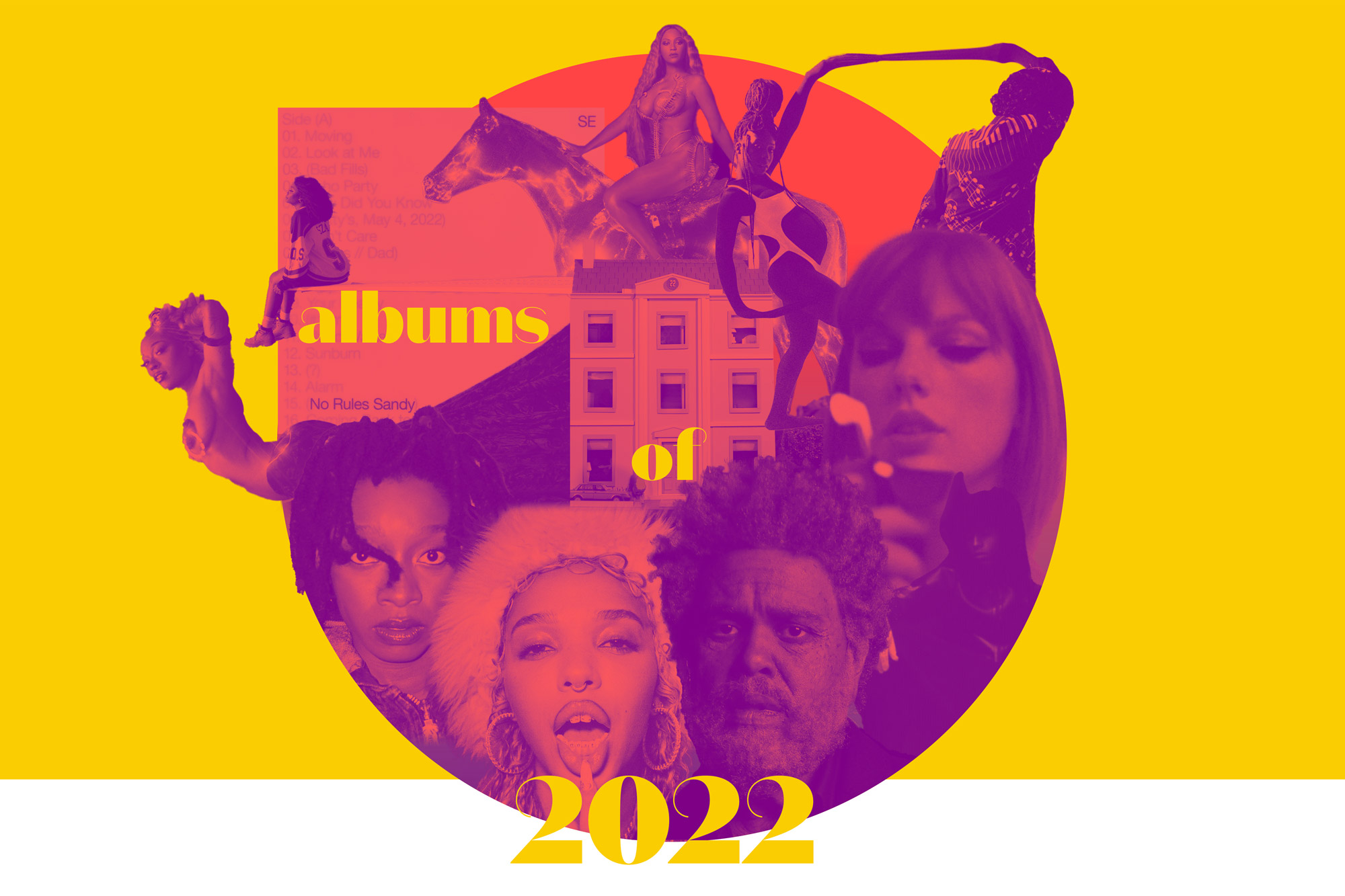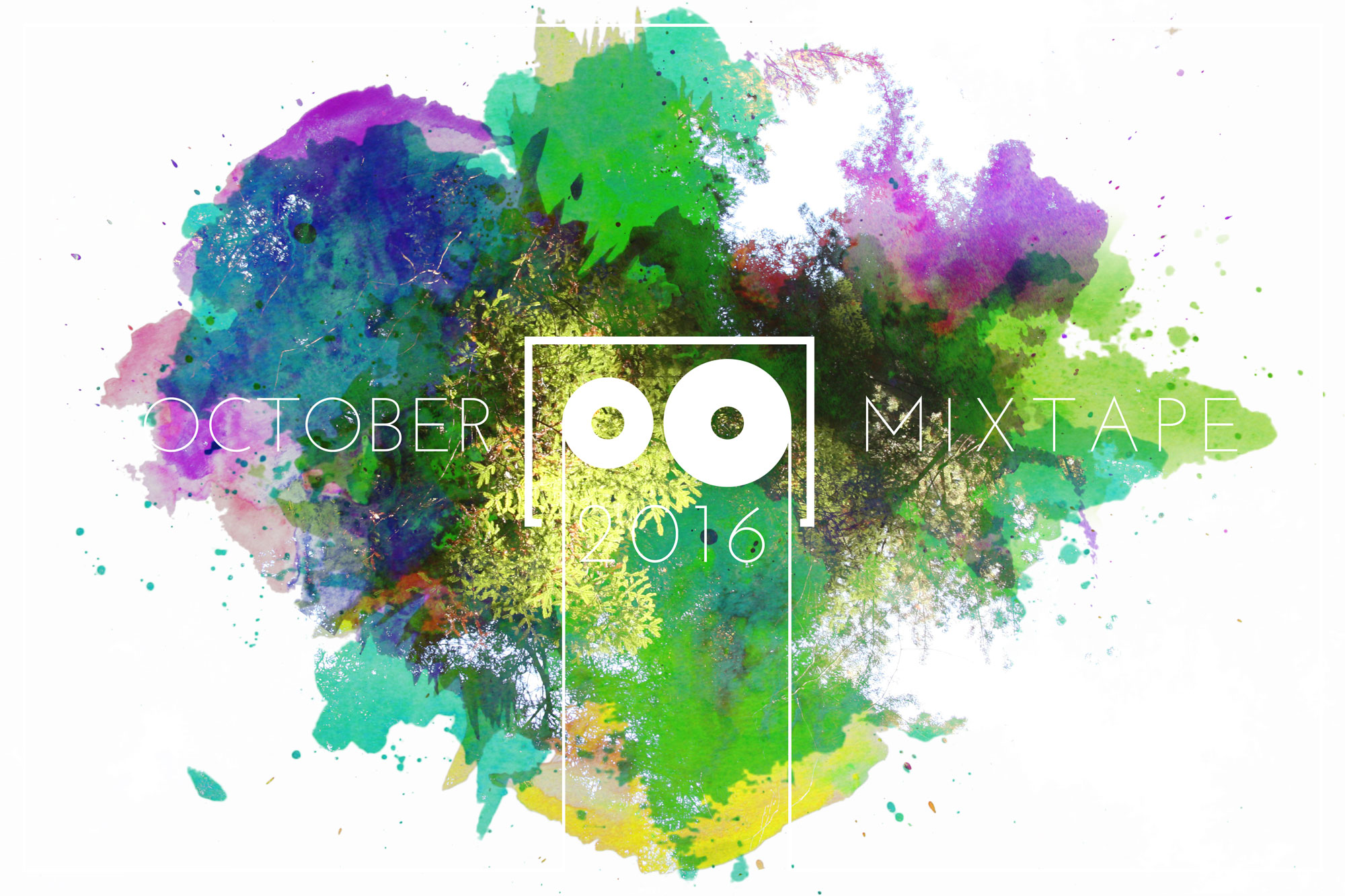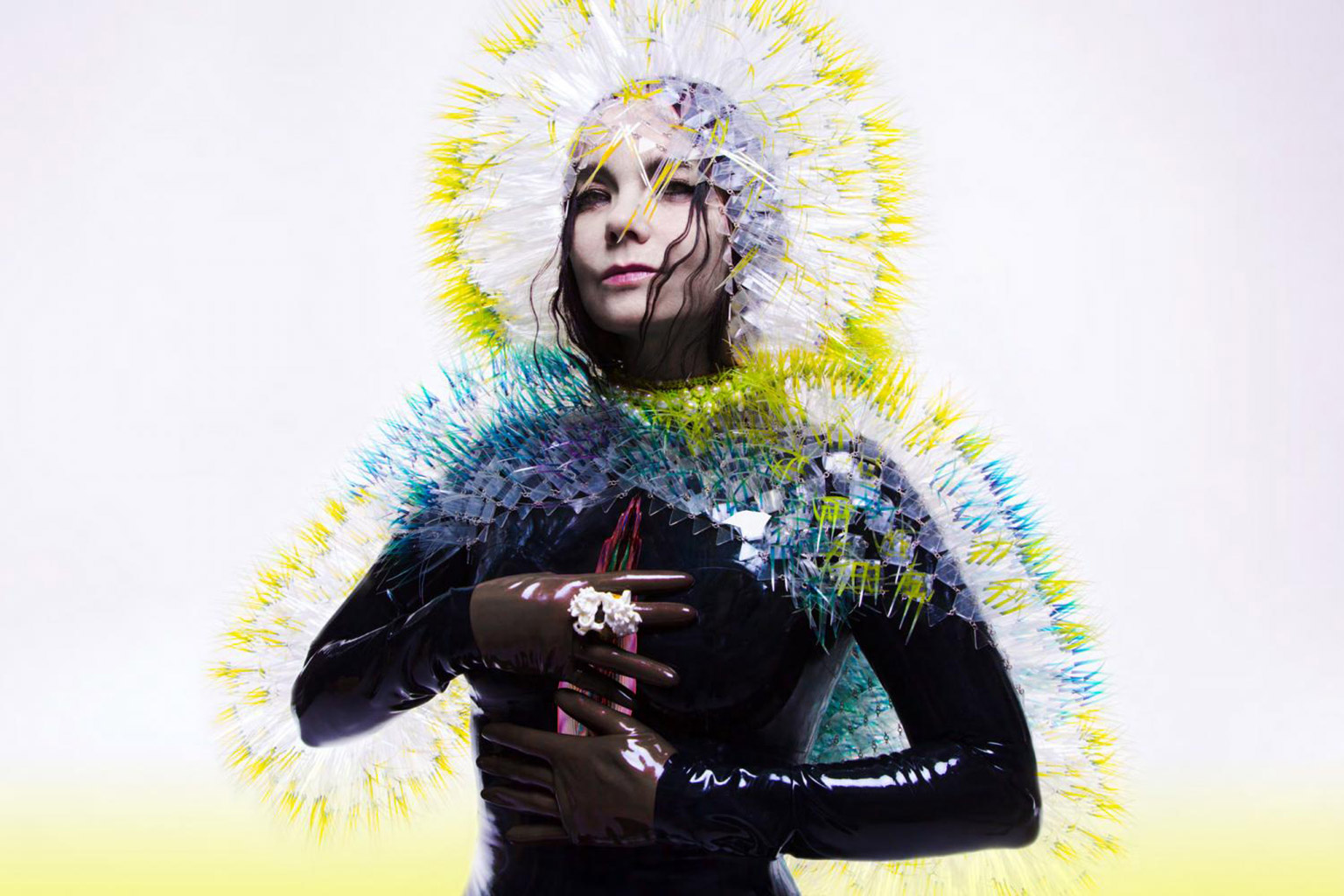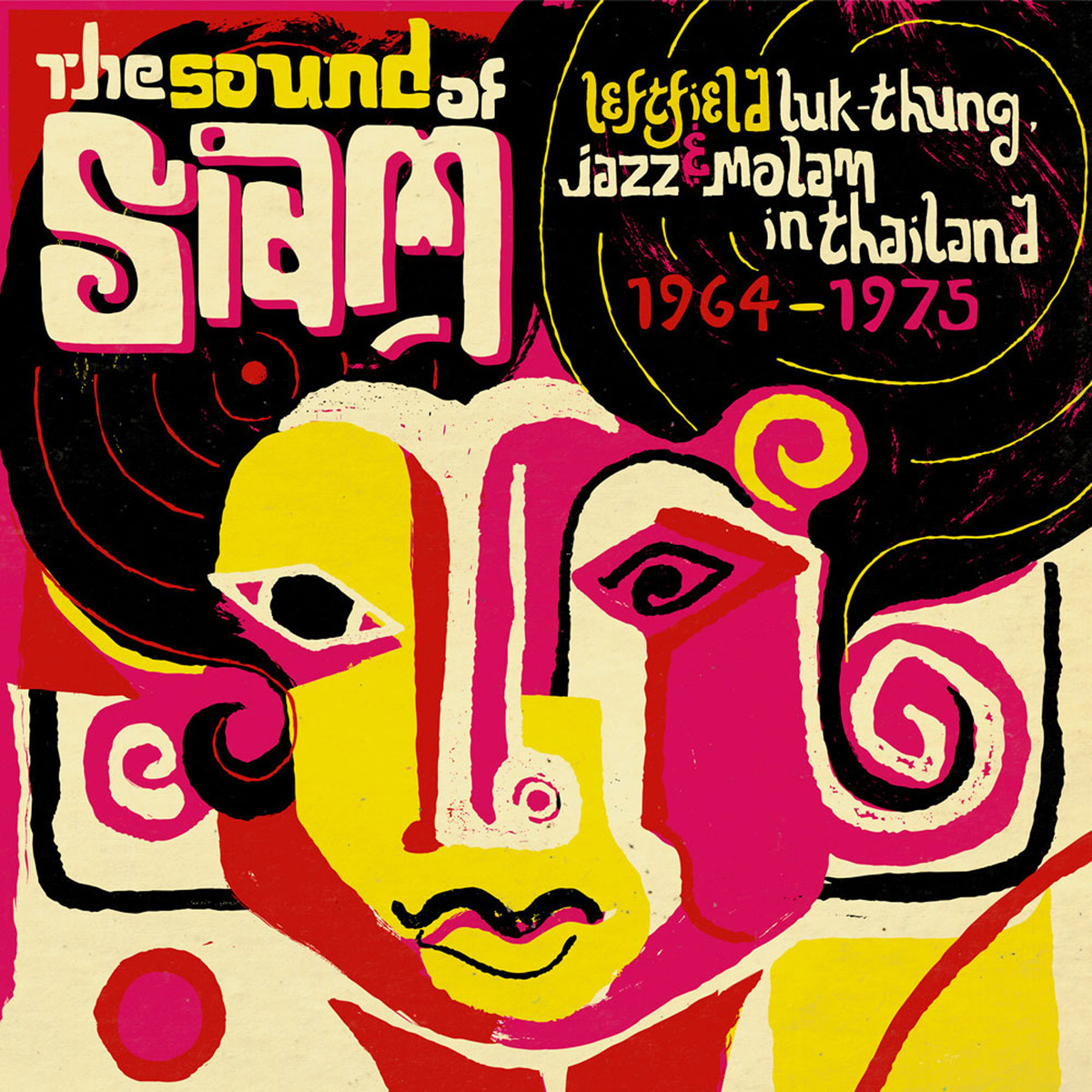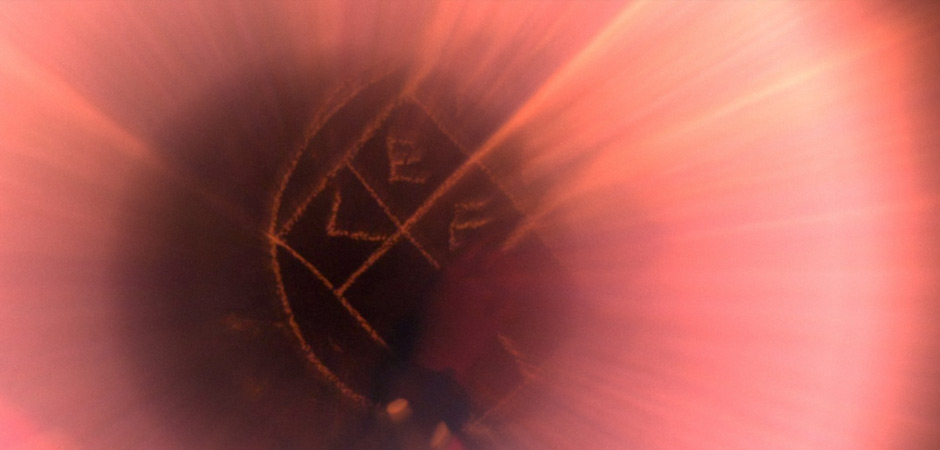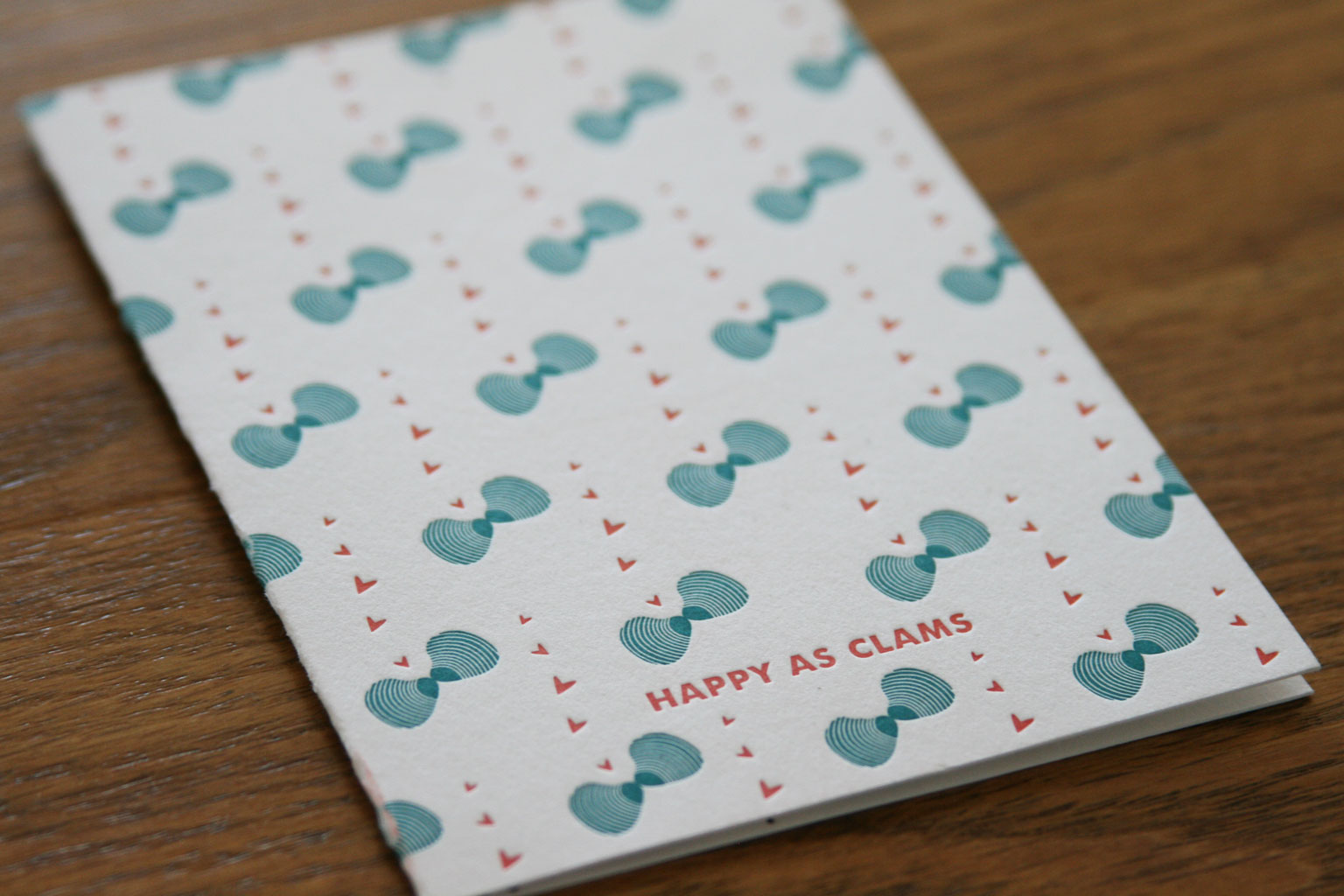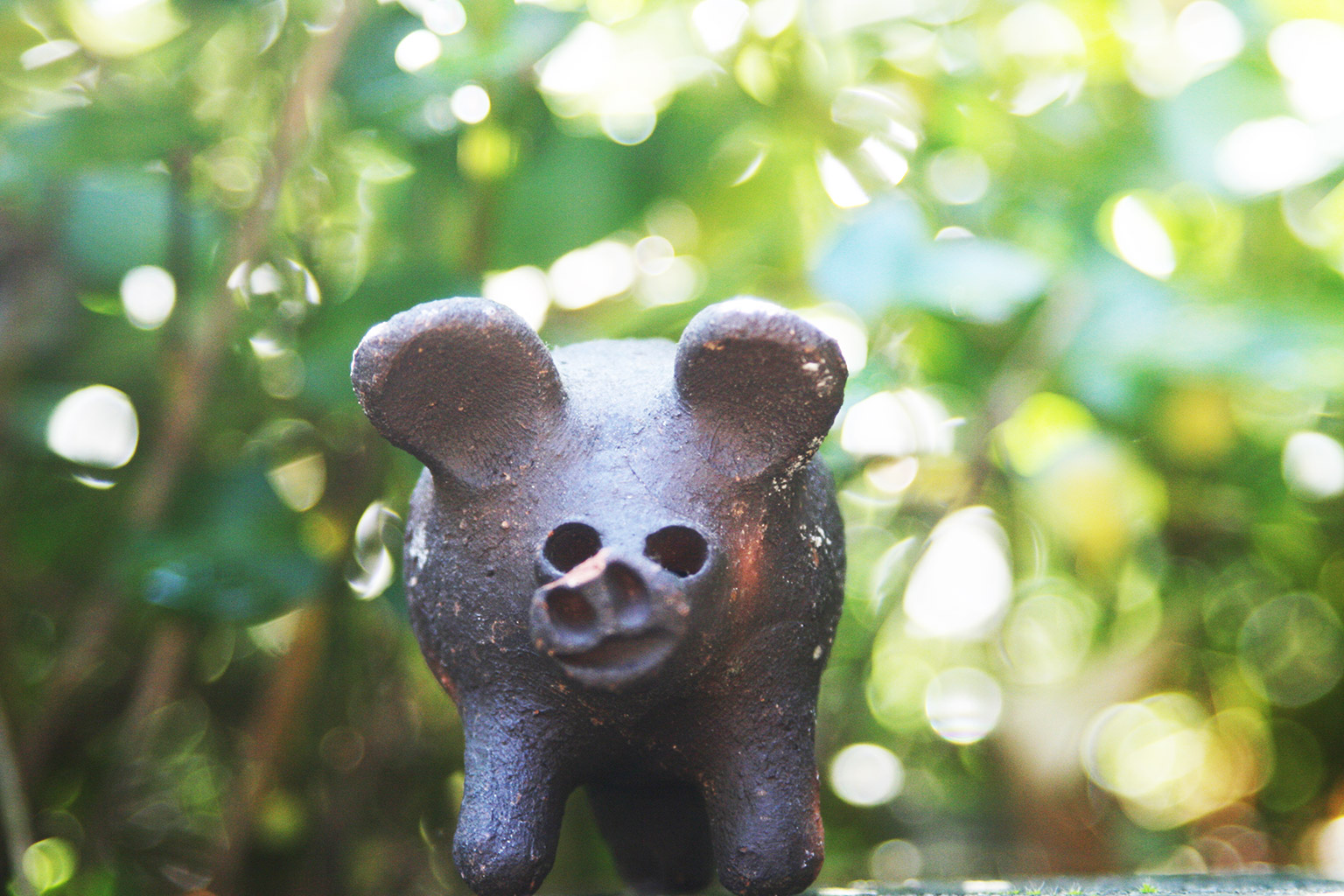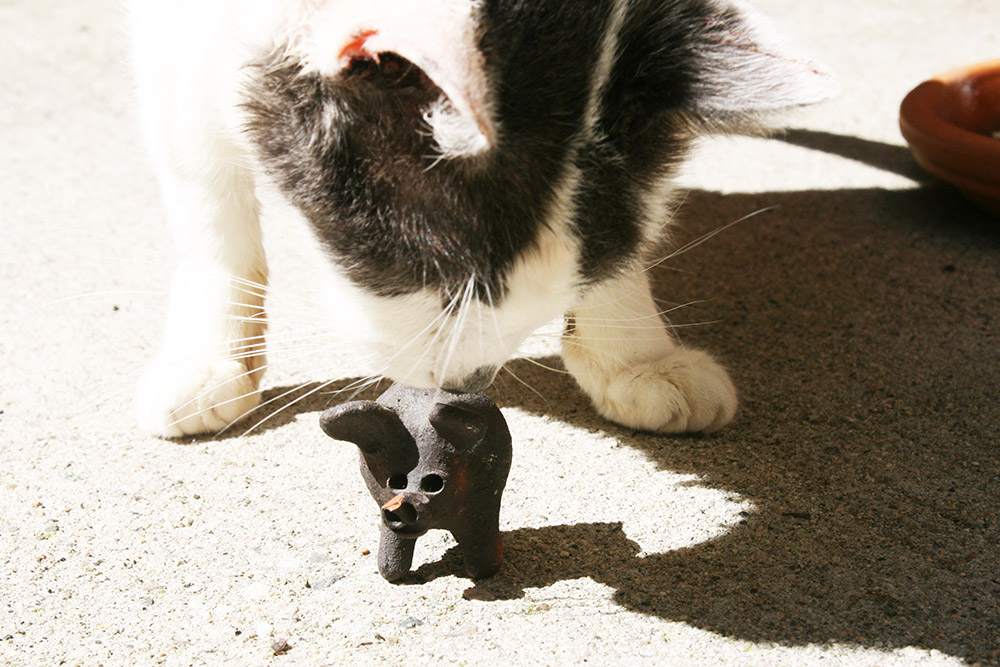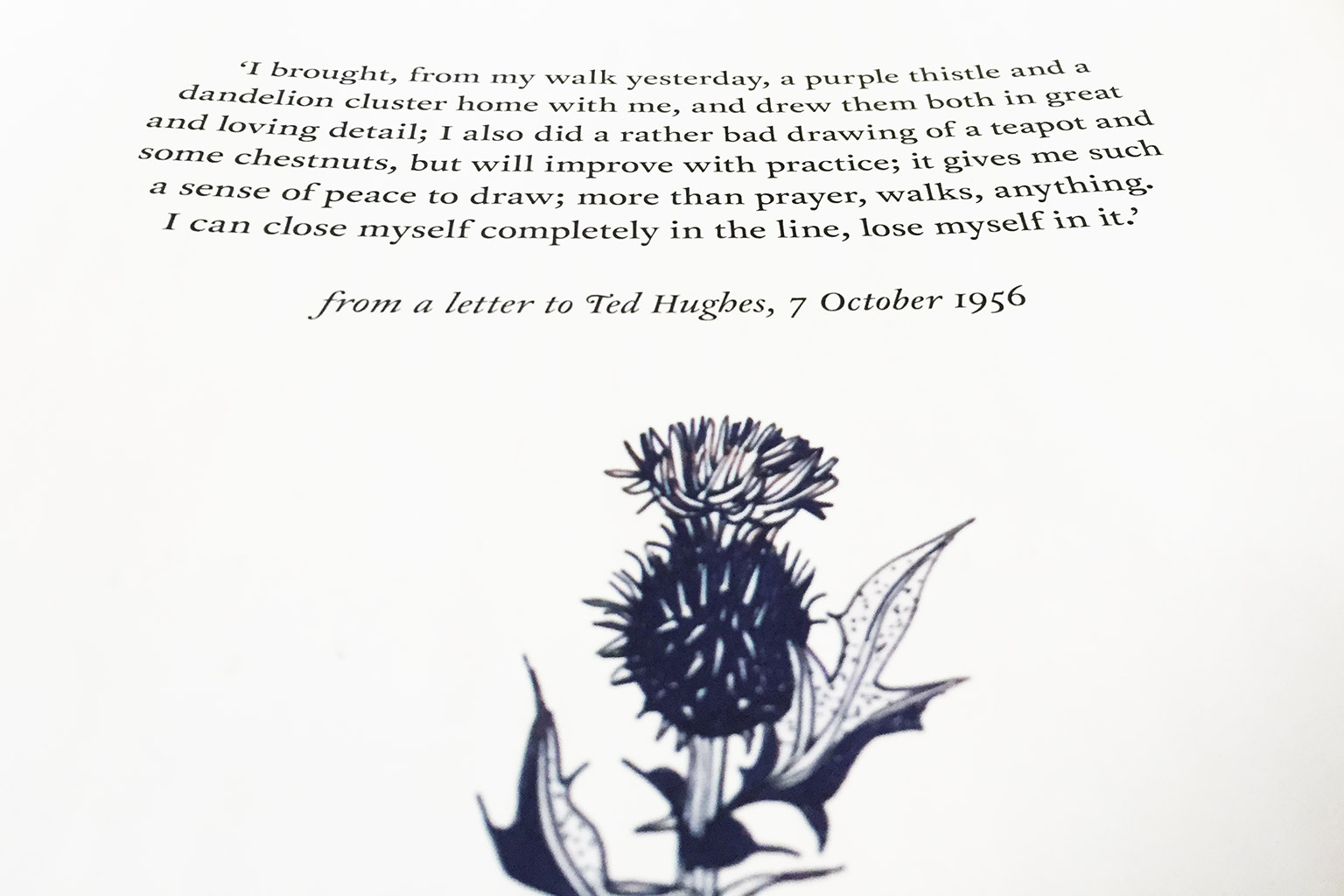March 18, 2015
It’s always great when you’re granted the opportunity to sing the praises of your talented friends. When we first met Chris Locke, he told us all about the novel he was working on. He told us that it followed the story of a compassionate raccoon named Persimmon who brings together a troop of adventurous animals to seek out and rescue suffering animals in the world.
Over a year later, that novel—Persimmon Takes On Humanity—is a reality. On Saturday, Chris will be holding his west coast launch party for the book at MooShoes Los Angeles, so we thought now would be a great time to talk with Chris about what it’s like to quit your full-time gig to risk it all on your passion project and what inspired the story of Persimmon.
raven + crow: Alright, so, first thing’s first—what inspires someone to leave a career in the entertainment industry to write a novel? That’s gotta be a harrowing decision to make.
Christopher Locke: It was the single most thrilling and nerve-racking decision of my career. I had been working in the television industry for over a decade, and although some of the jobs had been fun at times, I felt creatively stifled. Since I was a kid, my dream was to write something that made it to the big screen or got published, and despite years of hard work, that dream hadn’t come to fruition yet.
That all changed when I came up with the idea for Persimmon Takes On Humanity (the first book in The Enlightenment Adventures). I finally felt I had something worth taking a big risk over. So, with the loving support of my wife, I quit my job and spent the next two years writing this novel. The end result is an exciting adventure with a lot of heart that I hope will inspire many people to make more compassionate choices toward animals.
And now you have a book—congratulations! There’s that general wisdom that goes something along the lines of, if non-human animals simply had a voice and spoke in a language we could more easily understand, none of us would eat meat. Do you think this book or the idea behind it is a kind of extension to that belief?
For anyone who currently eats animals, when they read this novel they’re going to find themselves rooting for Persimmon and her team to save the animals along their journey who are being grossly mistreated by humans (in places like factory farms, fur farms, and circuses). Some of these animals are the very ones that the readers currently eat, and it’s in that moment that I hope readers will have an epiphany that if they’re rooting for the characters in the book, why not advocate for all the real animals out there who are suffering?
Watership Down is, to this day, one of my favorite pieces of literature ever. Do you have any animal-centric books or movies that inspired you to follow the format that Persimmon follows?
Watership Down is one of my favorite novels as well! I also love Charlotte’s Web and Mrs. Frisby and the Rats of NIMH. Interestingly, I read those when I was much younger before I was vegan, so they don’t have a direct correlation to why I wrote Persimmon Takes On Humanity. It was actually after I read Fast Food Nation in 2004 that I was inspired to go vegan and then immediately I wanted to write something of my own that might inspire other people to be kinder to animals.
It took almost a decade of writing various animal rights-themed stories before I hit on the idea that the best way to inspire people to care about other animals was to tell the story from the animals’ perspective. Then, not only would readers see what it’s really like living in a world overrun by humans but they’d feel what it’s like.
Totally. Though I feel like, a lot of times, animal rights-centric books are often read by people already in the know, so to speak. Do you have any concerns of Persimmon preaching to the choir, as they say?
I think people who are currently animal advocates and those who are not will greatly enjoy the novel for different reasons. Animal advocates will find it riveting and inspiring to join Persimmon and her team as they travel from location to location attempting to free different animals from the horrific conditions in which they’ve been enslaved.
But one of the main points of writing the book was to expose everyone to the ways in which humans wrongly exploit other animals, so I intentionally chose to start the book with the main characters (Persimmon, her brother Scraps and their opossum friend Derpoke) not as activists yet. That way readers could relate to them better. It’s only after Persimmon and her friends come across humans abusing these other animals that they rise to the occasion and courageously decide to save the animals. And who doesn’t love an epic tale where heroic characters fight against insurmountable odds? It’s a classic David and Goliath story.
I was talking with a vegan cookbook author recently and he was telling me how much work it was to put his book together. But then, when it was done, he had this awesome realization that, oh my god, he had a book now. He was a published author. Have you had a moment like that?
I spent a lifetime dreaming about being a published author and it took two years to create this particular book. The first year when I was writing the story itself was the most joyful creative experience I’ve ever had, but the second year when I was going through the overwhelming (and expensive) publishing process almost crushed me to pieces. So when I held the very first print copy of Persimmon Takes On Humanity in my hands it was life-changing. My wife actually got worried about me, because I got really silent and sat down on the bed, looking as if I was about to cry. She asked, concerned, “Are you okay? Is there something wrong with the book?” I answered quietly, “No, it’s perfect. This is just one of the greatest days of my life.” I was so overcome with emotion I didn’t know how to react.
That’s awesome. Where does the name Persimmon come from? How’d you come up with it?
As a writer, I keep a running list of potential characters names. A few years ago my mother-in-law came over with a bag of persimmons for my wife and I. I had never heard of this fruit before and I thought, “Persimmon is a beautiful word. It would make a fantastic character name one day.” So when I wrote the book, I looked at the list and it seemed like the perfect name for this sweet-natured and compassionate raccoon.
Why a raccoon?
Originally, I was going to have Persimmon and Scraps be squirrels, but my wife suggested that raccoons might be a better fit. So I did some research on raccoons and I was amazed by how perfect their skills are for the rescue missions. They’re intelligent, nocturnal (so they can go out at night without being detected), mischievous, expert climbers and they have dexterous paws (which come in handy when opening doors and latches to cages). Great call by my wife. Of course, I still made some other team members squirrels, because they’re crafty critters too… and they’re really cute.
Our dog’s certainly fascinated by them. Are there any animals or other characters in the book that are inspired by real life at all?
None of the characters are exact replicas of anyone I know, but in order to connect to the characters I did take some personality traits from people in my life. For example, my wife is smart, she’s not afraid to stand up to anyone, she’s a natural leader, and she has dedicated her life to protecting other animals, so I used those traits when constructing Persimmon.
For the fur farm section, I tell the harrowing tale of two brother minks struggling to survive the horrors of a fur farm. In order to keep the story from getting too bleak, I gave the brothers a jocular relationship, which is based on the humor-filled bond between my brother and I. Let me tell you, I cried a few times while writing that section, because those poor minks go through a hell of an ordeal and yet they always try to keep their spirits up.
I know that part of the process to writing a novel is sending out advance copies to people in an attempt to get feedback that you can both work off of and put out there publicly to promote the book. Did you get back any especially humbling responses?
I made a wish list of people whom I admire that I would love to have read the book, and I was so honored by how many said yes and then gave truly glowing responses. You can see the list here. These people are so accomplished in their fields and for them to take the time to read my book and give me such flattering blurbs, I was humbled and will be forever grateful.
And Persimmon’s the first of a three-book trilogy, correct?
Yes, Persimmon Takes On Humanity is the first book of The Enlightenment Adventures trilogy.
What made you want to do a trilogy instead of a one-off?
 I had originally planned to write one book, but as I was writing, the story kept getting richer and more grand in scope, so when I was at about page 100 and I still had so much more story to tell, my wife suggested breaking it up into separate books (a recurring theme here is how instrumental my wife was during my process of writing this book!). The thought hadn’t even occurred to me, but it was such a great idea, because then I could tell the entire saga of Persimmon and her brave team without feeling like I was hindered by the constraints of keeping it short enough to fit into only one book.
I had originally planned to write one book, but as I was writing, the story kept getting richer and more grand in scope, so when I was at about page 100 and I still had so much more story to tell, my wife suggested breaking it up into separate books (a recurring theme here is how instrumental my wife was during my process of writing this book!). The thought hadn’t even occurred to me, but it was such a great idea, because then I could tell the entire saga of Persimmon and her brave team without feeling like I was hindered by the constraints of keeping it short enough to fit into only one book.
Have you started putting the second one together yet then?
I have the whole plot for Book Two mapped out. I am very excited about the story and ready to dive into writing it very soon. For anyone who enjoyed Book One, they’re going to absolutely love Book Two.
Any tips for those aspiring to write? Did you do the whole write-every-day thing, for instance?
I felt so inspired writing this novel that I couldn’t stop writing it. I was up all day and night jotting down ideas and typing away.
In terms of advice for other writers, my best tip is to write down every idea you have the moment it comes to you. I carry a pen and paper with me everywhere I go, so that I don’t forget any ideas. And the best part is that I never have to worry about that dreaded blank page. I’ve already written most of the story by the time I actually sit down at my computer.
One other important bit of advice, when publishing a book, don’t try to do it all yourself. When it came to creating the book cover, I made sure to hire talented people who knew what they were doing. The beautiful front cover design was by a brilliant artist named L.A. Watson, and the gorgeous spine and back cover design was done by none other than the masterful team at raven + crow studio. I get compliments on the cover all the time and I have you all to thank for that!
Aw, shucks. Happy to help. Your book bio identifies you as a sit-down comedian, among other things—is that a thing for real? That sounds nice; a lot less work than all that standing other comedians do.
Standing is highly overrated. Life can be so absurd and depressing at times that I’ve always enjoyed making a witty remark to lighten the mood. This started at a young age, so since I wasn’t a professional comedian, my mom referred to me as a “sit-down comedian.”
I know Persimmon Takes On Humanity tackles a heavy subject and there are certainly some devastating emotional moments, but I tried to make the story thrilling, entertaining, and even sprinkle in some lighter humorous moments to keep it from getting too dark.
And any plans to promote the book outside of Los Angeles as of yet?
Yes, definitely. I’m planning my book tour right now, so people can check here for upcoming events. This spring, I’ll be visiting other West Coast cities and then in the summer I’ll be traveling to the East Coast to veg-friendly places like New York City. I’ll also be at the Animal Rights Conference in late July, so people should stop by my exhibit table to say hello.
Well thanks so much for talking with us and best of luck promoting the book.
If you’re in southern California this weekend, come by MooShoes Los Angeles, 3116 Sunset, from 6-9PM for a reading from the book, some drinks + vegan bites, and to meet Chris in person. You can RSVP on the launch party’s Facebook page.

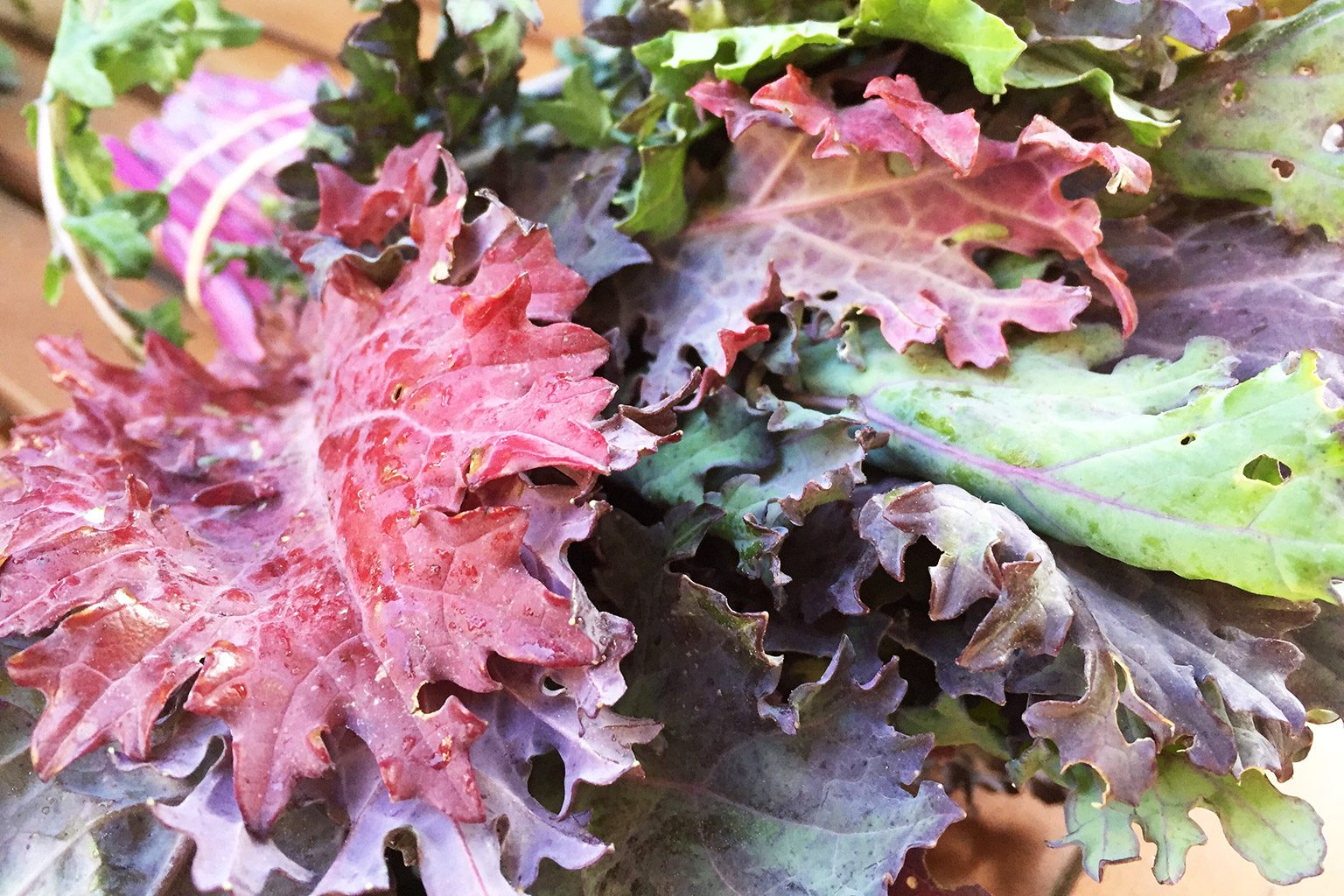



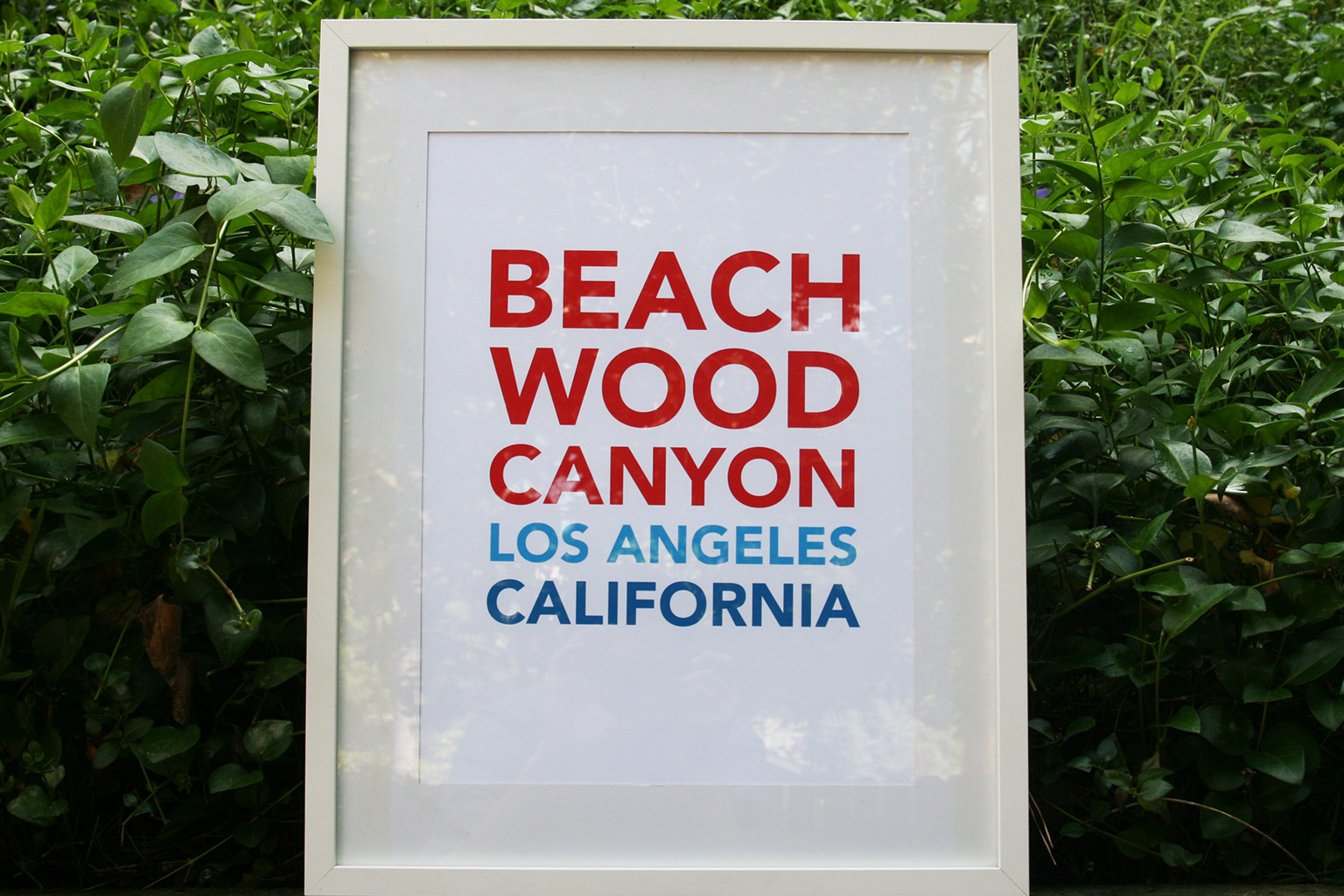
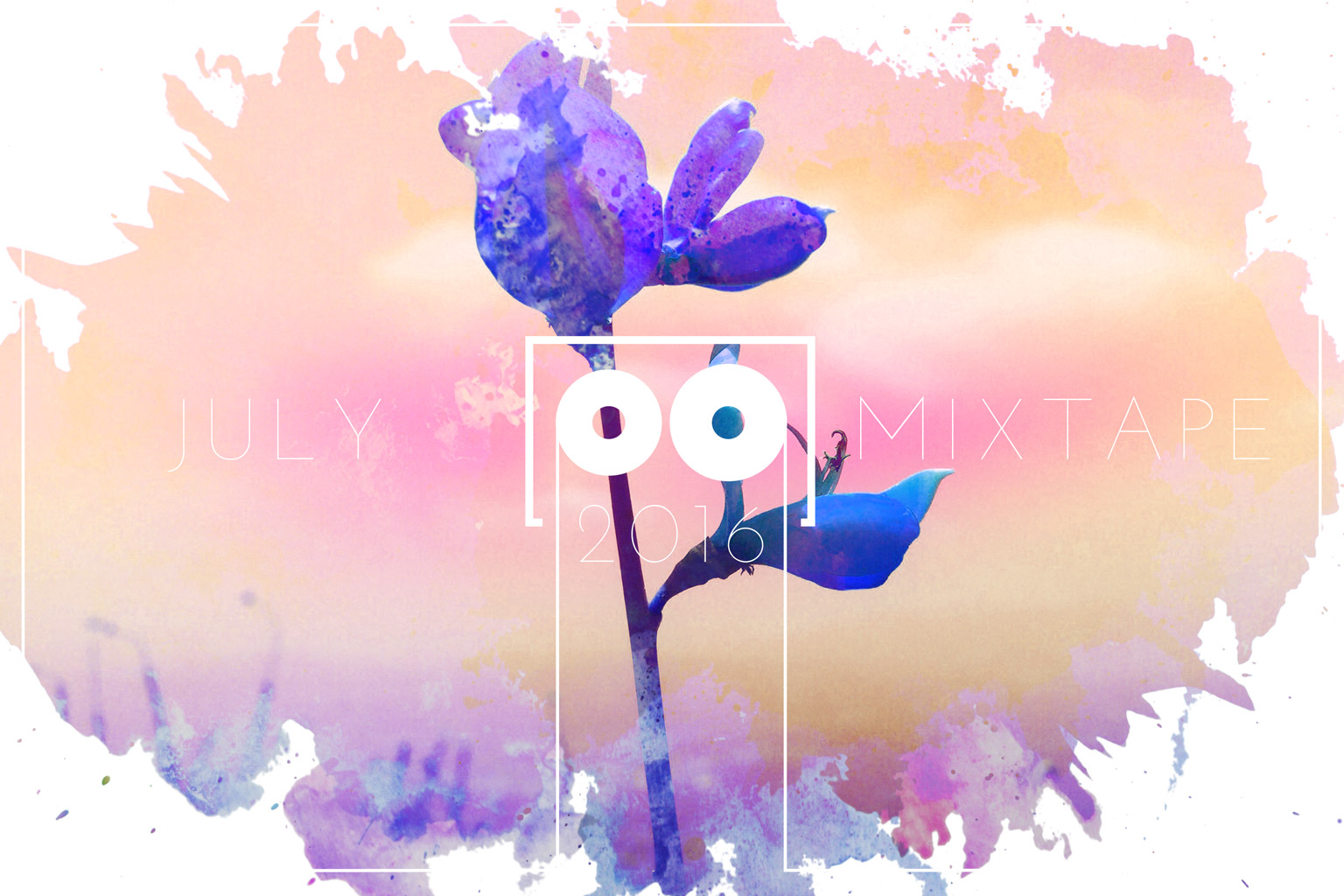


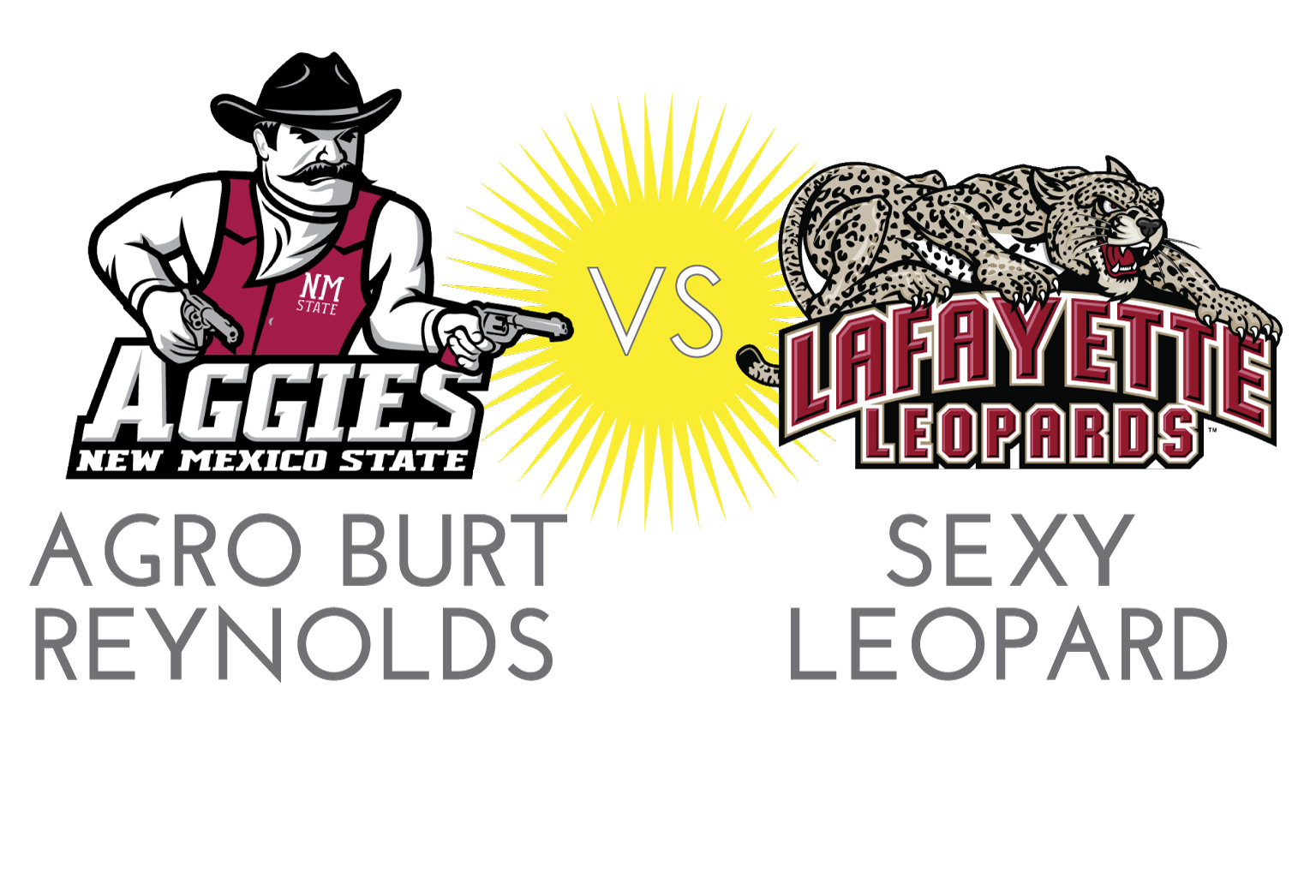
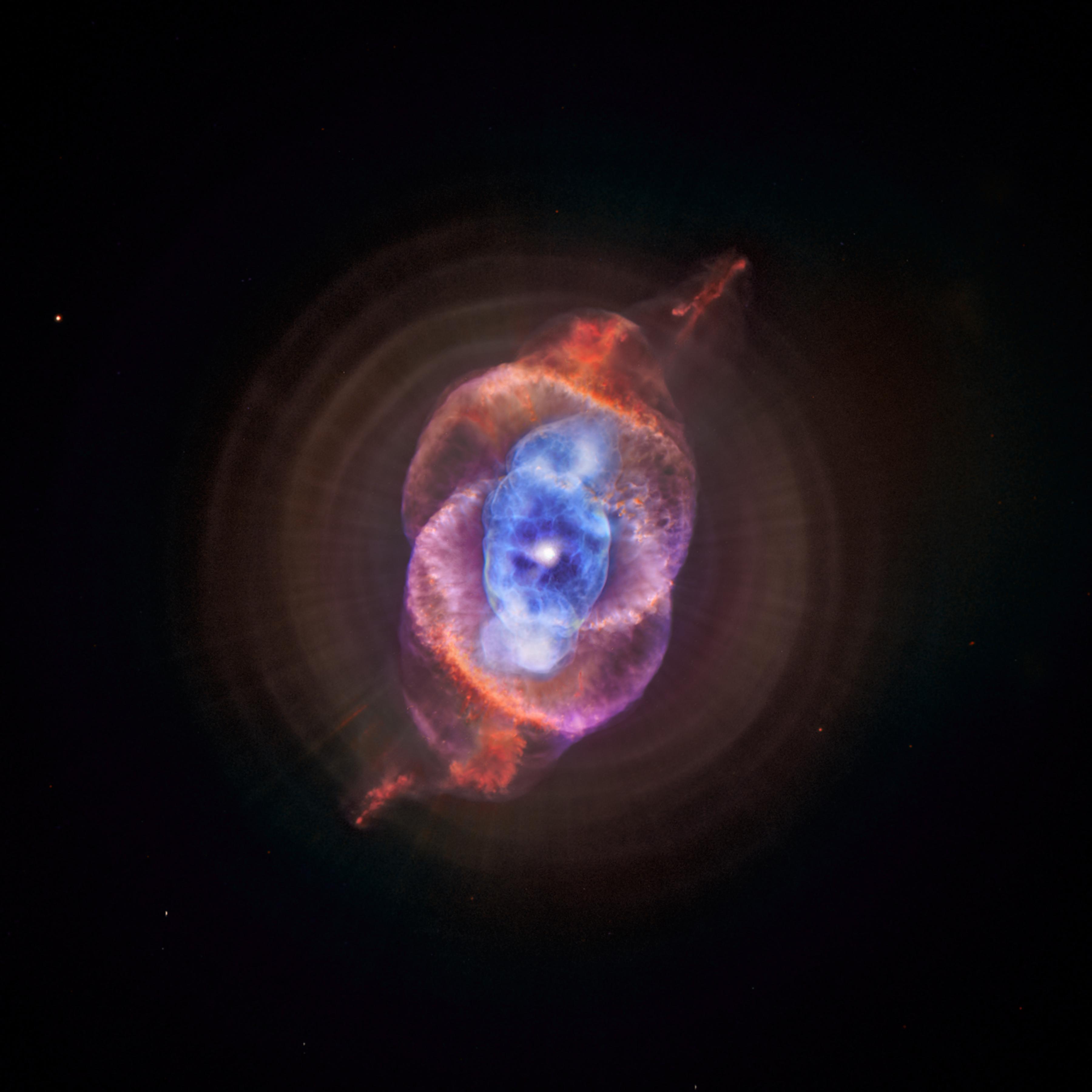
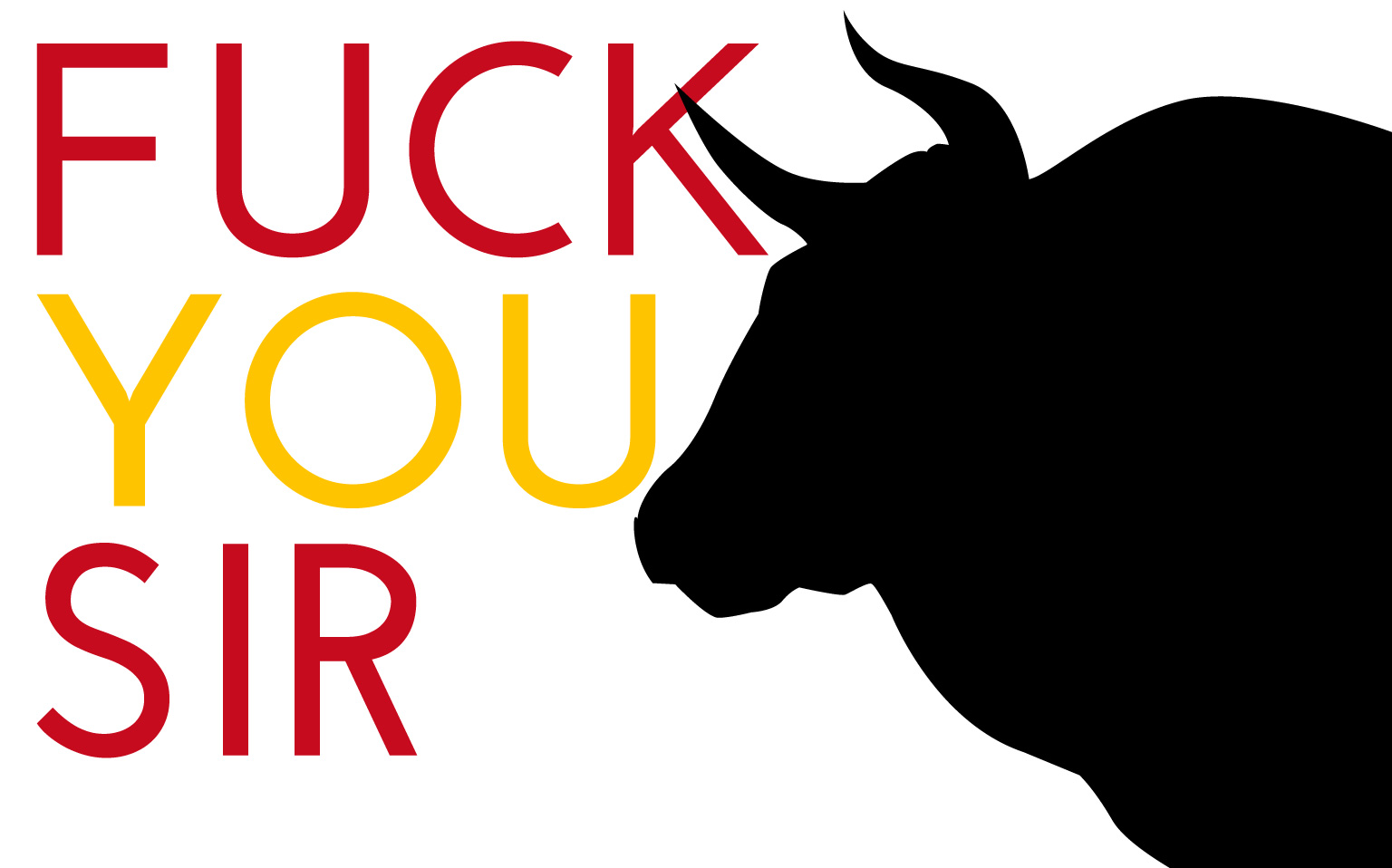
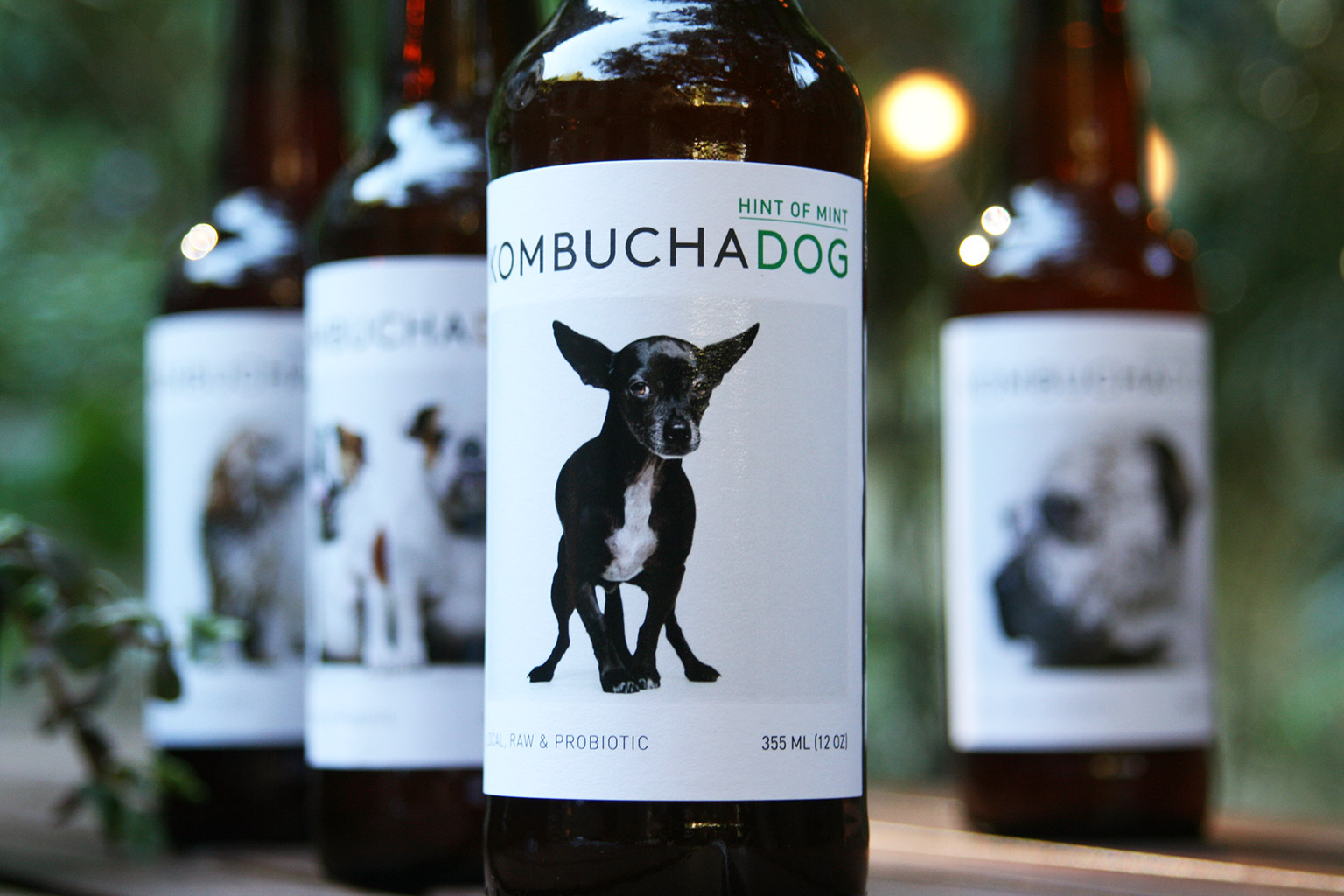
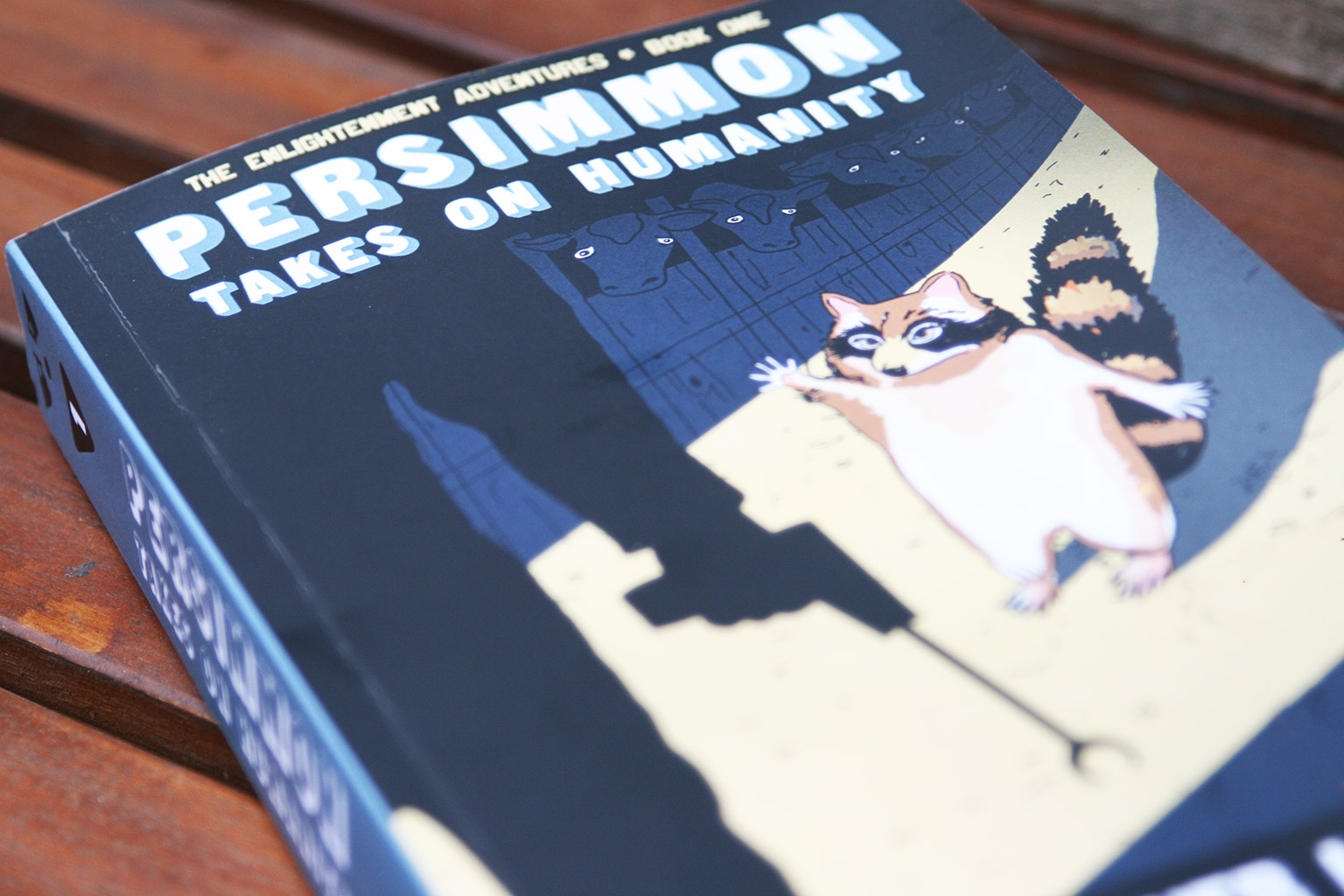
 I had originally planned to write one book, but as I was writing, the story kept getting richer and more grand in scope, so when I was at about page 100 and I still had so much more story to tell, my wife suggested breaking it up into separate books (a recurring theme here is how instrumental my wife was during my process of writing this book!). The thought hadn’t even occurred to me, but it was such a great idea, because then I could tell the entire saga of Persimmon and her brave team without feeling like I was hindered by the constraints of keeping it short enough to fit into only one book.
I had originally planned to write one book, but as I was writing, the story kept getting richer and more grand in scope, so when I was at about page 100 and I still had so much more story to tell, my wife suggested breaking it up into separate books (a recurring theme here is how instrumental my wife was during my process of writing this book!). The thought hadn’t even occurred to me, but it was such a great idea, because then I could tell the entire saga of Persimmon and her brave team without feeling like I was hindered by the constraints of keeping it short enough to fit into only one book.


